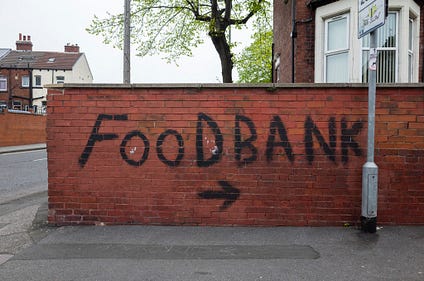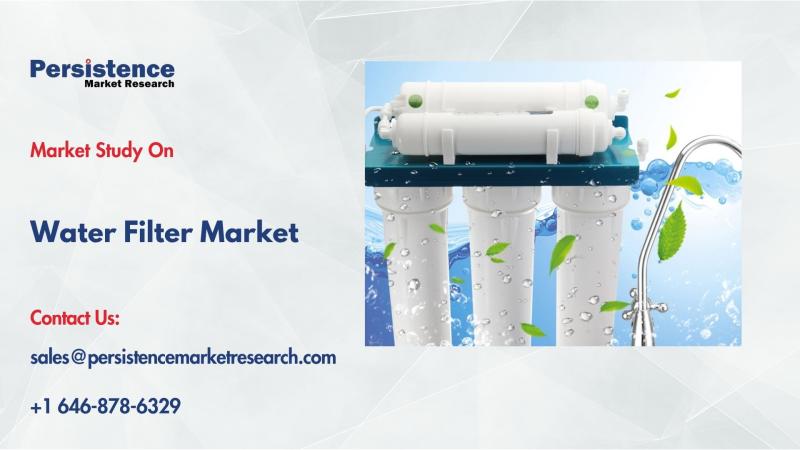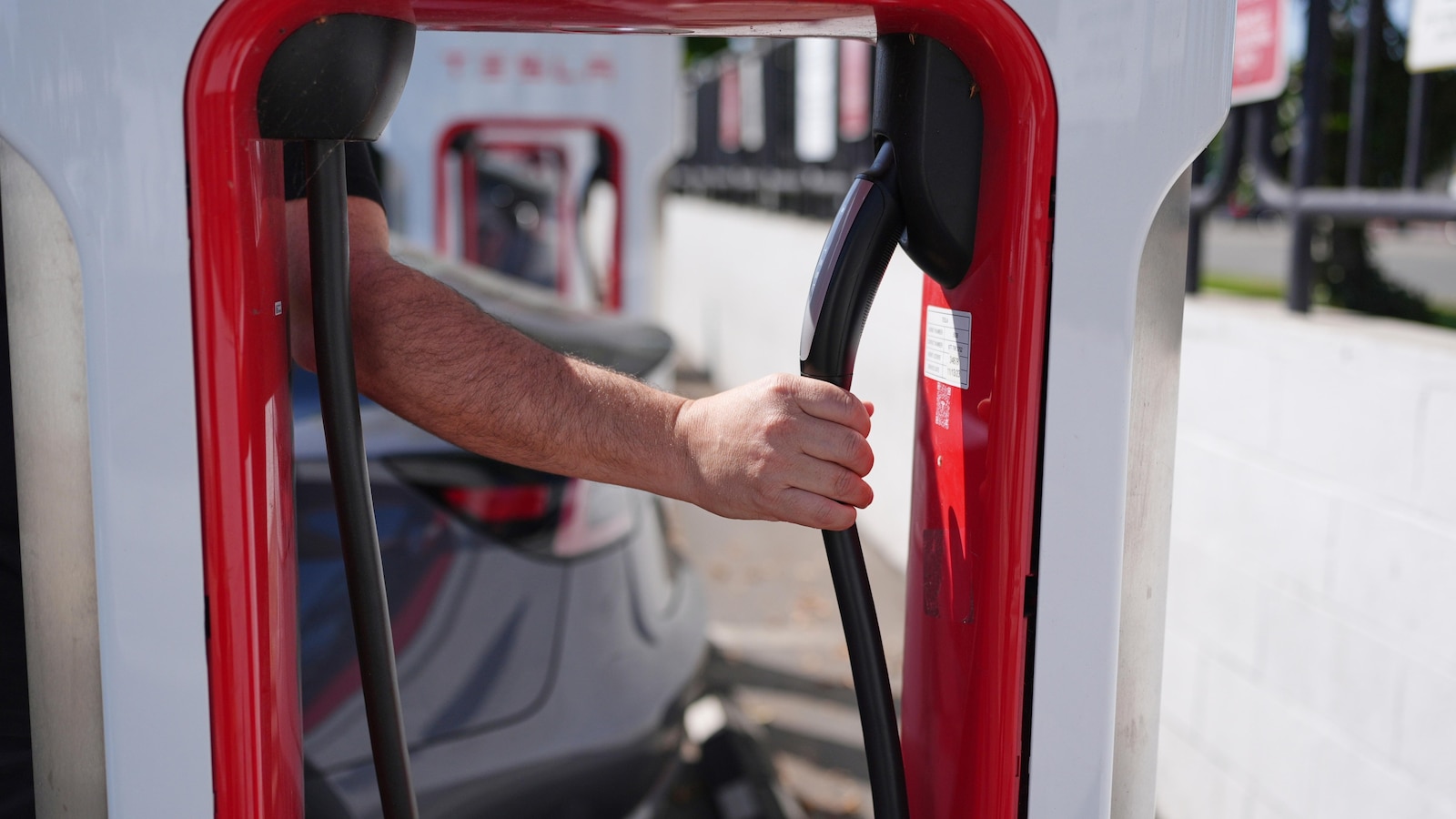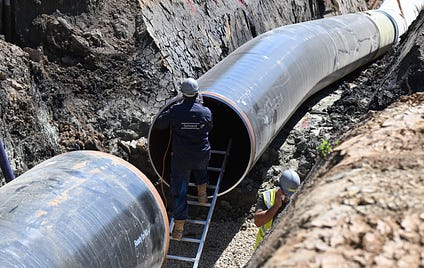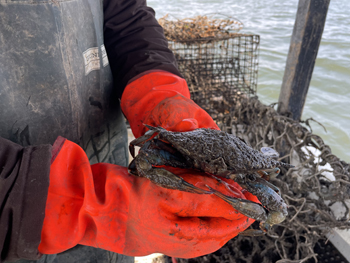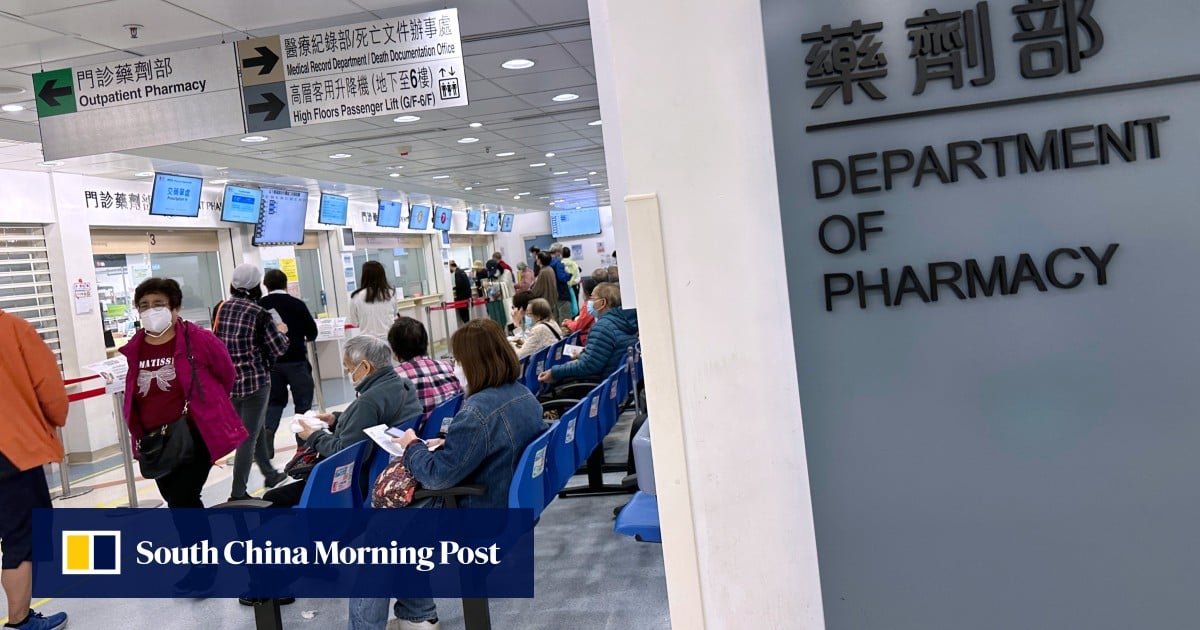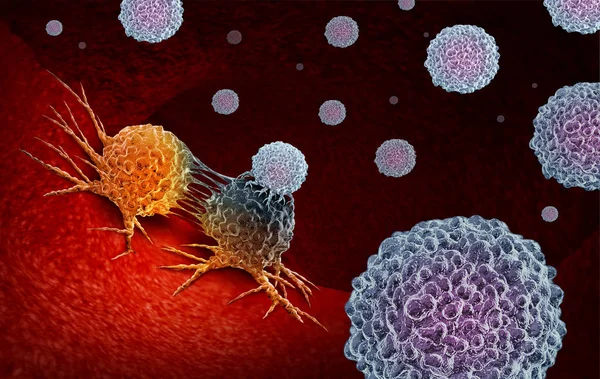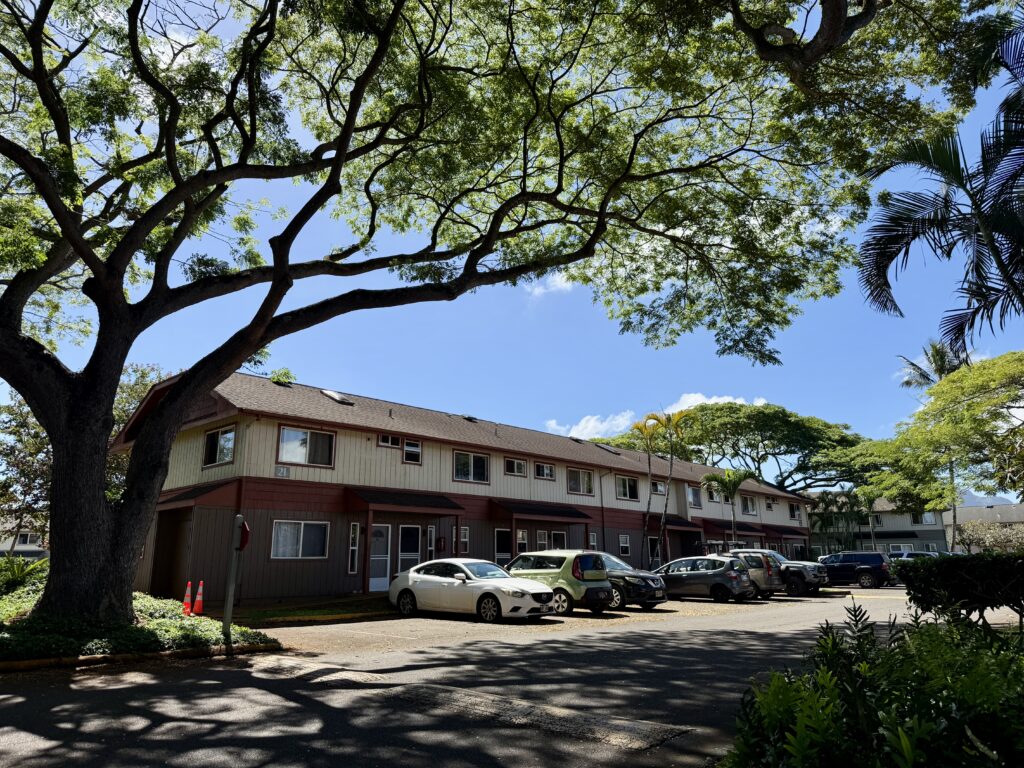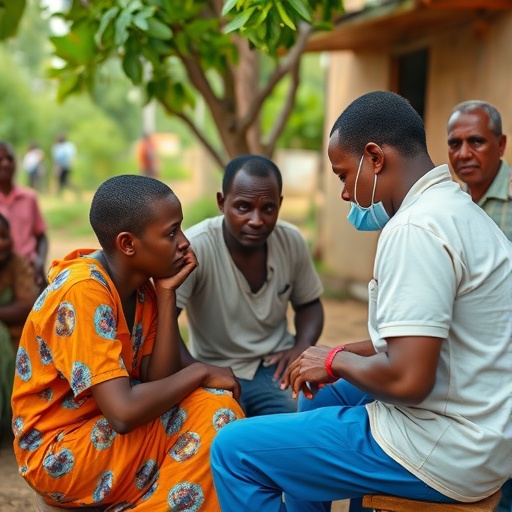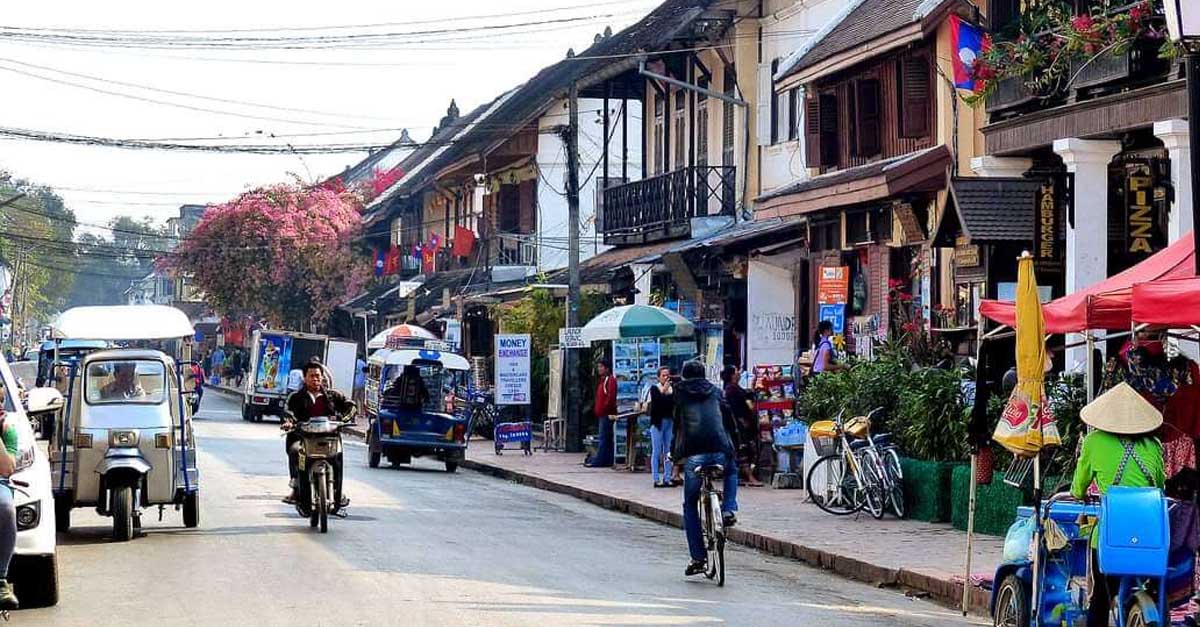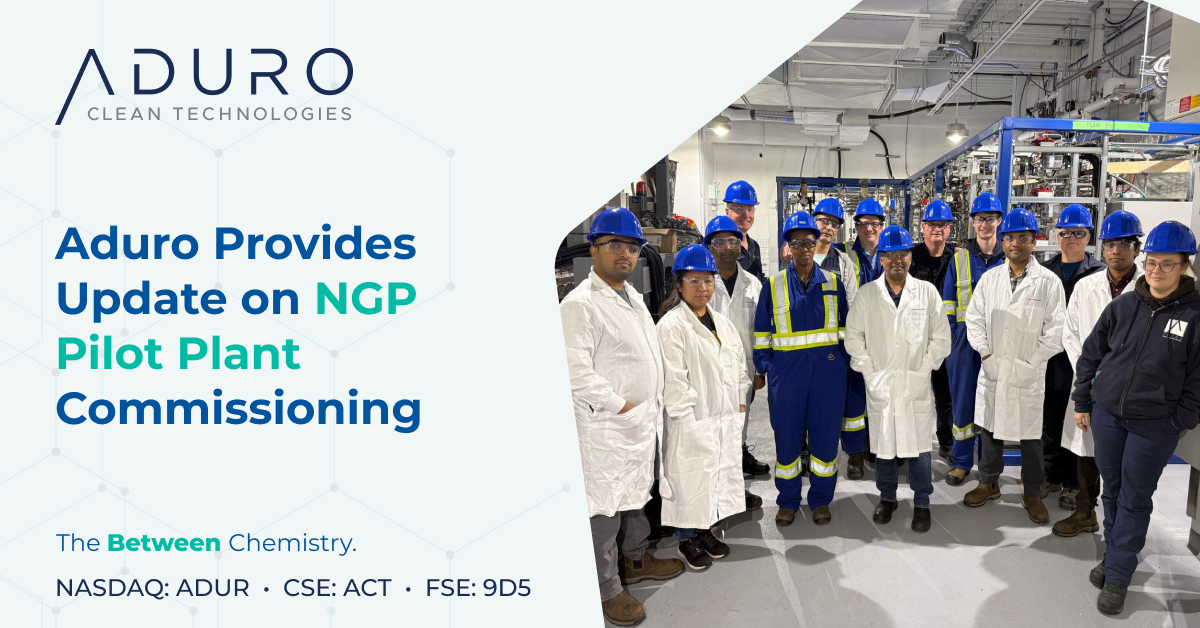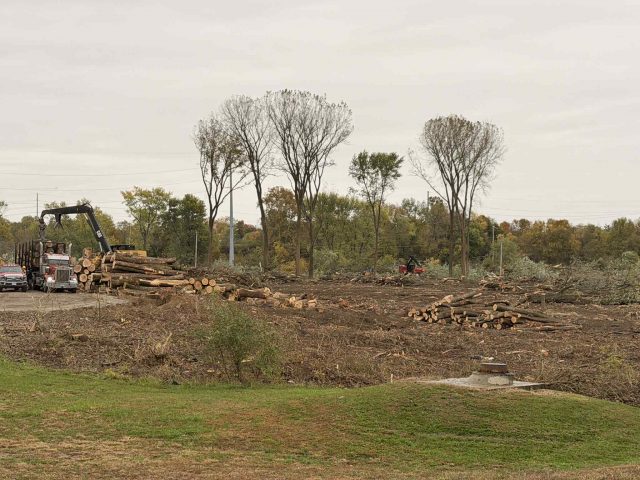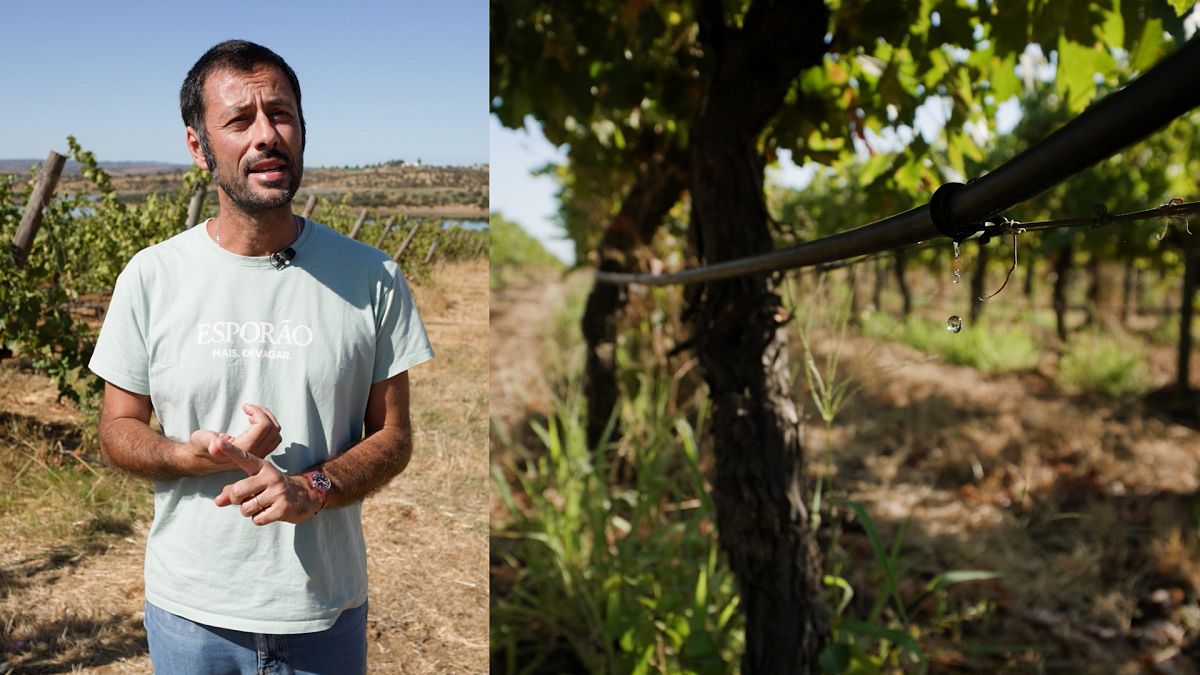People urged to conserve water as Hillsborough continues to face water challenges after Tropical Storm Chantal – ABC11

Report on the Environmental and Infrastructural Impact of Tropical Storm Chantal in Hillsborough, N.C.
This report details the significant challenges to municipal infrastructure and environmental stability in Hillsborough, North Carolina, following Tropical Storm Chantal. The event has critically impacted the town’s progress toward several United Nations Sustainable Development Goals (SDGs), particularly those concerning water, health, and resilient infrastructure.
Critical Failures in Water and Sanitation Infrastructure (SDG 6 & SDG 11)
The storm has exposed severe vulnerabilities in the town’s water and sanitation systems, directly contravening the objectives of SDG 6 (Clean Water and Sanitation) and SDG 11 (Sustainable Cities and Communities).
River Pump Station and Sewage Contamination
Flooding from the Eno River incapacitated the River Pump Station, leading to a major environmental and public health incident. The primary consequences include:
- A large-scale spill of raw sewage into the Eno River, compromising local water quality and failing to meet the targets of SDG 6.3, which aims to halve the proportion of untreated wastewater.
- A demonstration of non-resilient infrastructure, highlighting a critical gap in achieving SDG 11.5, which focuses on protecting communities from water-related disasters.
Water Treatment Plant Shutdown and Supply Issues
The town’s Water Treatment Plant was rendered offline by flooding, creating an immediate water security crisis. While a Boil Water Notice has been lifted, the system remains under severe strain. This situation underscores challenges related to:
- SDG 6.1: The incident temporarily disrupted access to safe and affordable drinking water for all residents.
- SDG 6.4: The town’s urgent call for water conservation reflects the strain on water supplies and the need for sustainable water management practices.
Environmental and Health Consequences
The cascading effects of the infrastructure failure have had direct negative impacts on local ecosystems and public health, affecting SDG 14 (Life Below Water) and SDG 3 (Good Health and Well-being).
Impact on Aquatic Ecosystems (SDG 14)
The discharge of raw sewage into the Eno River represents a significant pollution event. This directly undermines SDG 14.1, which seeks to prevent and significantly reduce marine and freshwater pollution from land-based activities, including sewage.
Public Health and Well-being (SDG 3)
The potential for waterborne disease from the compromised water and sanitation systems posed a direct threat to SDG 3.3 (end epidemics of water-borne diseases) and SDG 3.9 (reduce illnesses from water pollution). The system pressure advisory warns of ongoing risks should water consumption increase.
Response, Mitigation, and the Path Forward (SDG 13 & SDG 17)
The response to the crisis and future planning must be framed within the context of climate adaptation and collaborative partnerships.
Immediate Response and Inter-Community Cooperation
The town has implemented several measures to manage the crisis. These actions highlight the importance of cooperation as outlined in SDG 17 (Partnerships for the Goals).
- Water Conservation Mandate: Residents have been urged to conserve water to prevent a total loss of water pressure and service.
- Inter-System Partnership: Hillsborough is currently receiving water from the City of Durham through a system interconnection. This collaboration is a critical example of SDG 17.16, showcasing multi-stakeholder partnerships to address immediate needs.
Addressing Climate Resilience and Future Planning
This event, exacerbated by a tropical storm, underscores the urgency of SDG 13 (Climate Action). A scheduled meeting of town leaders will provide a platform to address these systemic failures. Key discussion points should focus on long-term strategies to build climate-resilient infrastructure, ensuring that water and sanitation systems can withstand future extreme weather events, thereby safeguarding public health and environmental integrity for the community.
Analysis of Sustainable Development Goals (SDGs) in the Article
1. Which SDGs are addressed or connected to the issues highlighted in the article?
The article discusses issues that are directly and indirectly connected to several Sustainable Development Goals. The primary focus is on the impact of a natural disaster on water and sanitation infrastructure, which touches upon goals related to clean water, resilient communities, climate action, and the health of aquatic ecosystems.
-
SDG 6: Clean Water and Sanitation
This is the most prominent SDG in the article. The text revolves around the disruption of clean water supply and sanitation services due to flooding. Specific issues mentioned include the Water Treatment Plant being offline, a “Boil Water Notice,” the need for water conservation, and a massive raw sewage spill into the Eno River from a flooded pump station.
-
SDG 11: Sustainable Cities and Communities
The article highlights the vulnerability of Hillsborough’s infrastructure to a natural disaster. The failure of the River Pump Station and the Water Treatment Plant demonstrates a lack of resilience. The goal of making cities and human settlements inclusive, safe, resilient, and sustainable is central to the problems described. The town’s reliance on an interconnection with Durham also speaks to inter-city cooperation for resilience.
-
SDG 13: Climate Action
The root cause of the crisis is “Tropical Storm Chantal,” an extreme weather event. This connects the article to SDG 13, which urges action to combat climate change and its impacts. Specifically, it relates to strengthening resilience and adaptive capacity to climate-related hazards and natural disasters.
-
SDG 14: Life Below Water
The discharge of “most of the town’s raw sewage” directly into the Eno River constitutes a significant pollution event. This action harms the local aquatic ecosystem, which aligns with the concerns of SDG 14, aimed at preventing and reducing marine pollution of all kinds, including from land-based activities.
2. What specific targets under those SDGs can be identified based on the article’s content?
Based on the issues described, several specific SDG targets can be identified:
-
Target 6.1: Achieve universal and equitable access to safe and affordable drinking water for all.
The article shows a failure to meet this target. The Water Treatment Plant being “offline,” the issuance of a “Boil Water Notice,” and the plea for residents to “conserve water due to limited supply” all point to a disruption in access to safe drinking water for the population of Hillsborough.
-
Target 6.3: Improve water quality by reducing pollution… halving the proportion of untreated wastewater.
The event where “most of the town’s raw sewage to spill into the Eno River” is a direct contradiction of this target. It represents a significant release of untreated wastewater, which degrades the water quality of the river.
-
Target 11.5: Significantly reduce the number of people affected… caused by disasters, including water-related disasters.
The entire situation described is a direct consequence of a water-related disaster (flooding from a tropical storm). The article details how the town’s population is affected through the loss of essential water and sanitation services, demonstrating the relevance of this target.
-
Target 13.1: Strengthen resilience and adaptive capacity to climate-related hazards and natural disasters.
The flooding of the “River Pump Station” and the “Water Treatment Plant” by the Eno River shows a lack of resilience in the town’s critical infrastructure to a climate-related hazard. The events highlight the need to strengthen this capacity to prevent future service disruptions.
-
Target 14.1: Prevent and significantly reduce marine pollution of all kinds, in particular from land-based activities.
The sewage spill is a clear example of land-based pollution entering a water system. While the Eno River is not the ocean, it is part of a watershed that ultimately flows to the sea, making this target relevant to preventing pollution at its source.
3. Are there any indicators mentioned or implied in the article that can be used to measure progress towards the identified targets?
The article does not mention official SDG indicators, but it provides information that can serve as qualitative or quantitative indicators to measure the status and progress related to the identified targets.
-
For Target 6.1 (Access to Safe Water):
- Indicator: Operational status of water treatment facilities. The article states the “Water Treatment Plant remains offline.” Progress would be its return to full operational capacity.
- Indicator: Population under water-use restrictions. The article notes that “People are urged to conserve water.” Lifting this restriction would indicate progress.
- Indicator: Issuance of boil water advisories. The article mentions the “Boil Water Notice has been lifted,” which is an indicator of service restoration.
-
For Target 6.3 (Wastewater Treatment):
- Indicator: Volume of untreated wastewater discharged. The article implies a massive discharge by stating “most of the town’s raw sewage” spilled. An indicator of progress would be the cessation of the “ongoing sewer overflow at the River Pump Station.”
-
For Target 11.5 (Disaster Impact):
- Indicator: Number of essential service facilities disrupted by a disaster. The article identifies two: the “River Pump Station” and the “Water Treatment Plant.”
-
For Target 13.1 (Resilience to Climate Hazards):
- Indicator: Functionality of critical infrastructure during and after an extreme weather event. The failure of the water and sewer systems indicates a lack of resilience. Future progress could be measured by the successful implementation of upgrades to withstand similar flooding events.
4. Summary Table of SDGs, Targets, and Indicators
| SDGs | Targets | Indicators Identified in the Article |
|---|---|---|
| SDG 6: Clean Water and Sanitation | 6.1: Achieve universal and equitable access to safe and affordable drinking water for all.
6.3: Improve water quality by reducing pollution and minimizing the release of untreated wastewater. |
|
| SDG 11: Sustainable Cities and Communities | 11.5: Significantly reduce the number of people affected and economic losses from disasters, including water-related disasters. |
|
| SDG 13: Climate Action | 13.1: Strengthen resilience and adaptive capacity to climate-related hazards and natural disasters. |
|
| SDG 14: Life Below Water | 14.1: Prevent and significantly reduce marine pollution of all kinds, in particular from land-based activities. |
|
Source: abc11.com

What is Your Reaction?
 Like
0
Like
0
 Dislike
0
Dislike
0
 Love
0
Love
0
 Funny
0
Funny
0
 Angry
0
Angry
0
 Sad
0
Sad
0
 Wow
0
Wow
0








